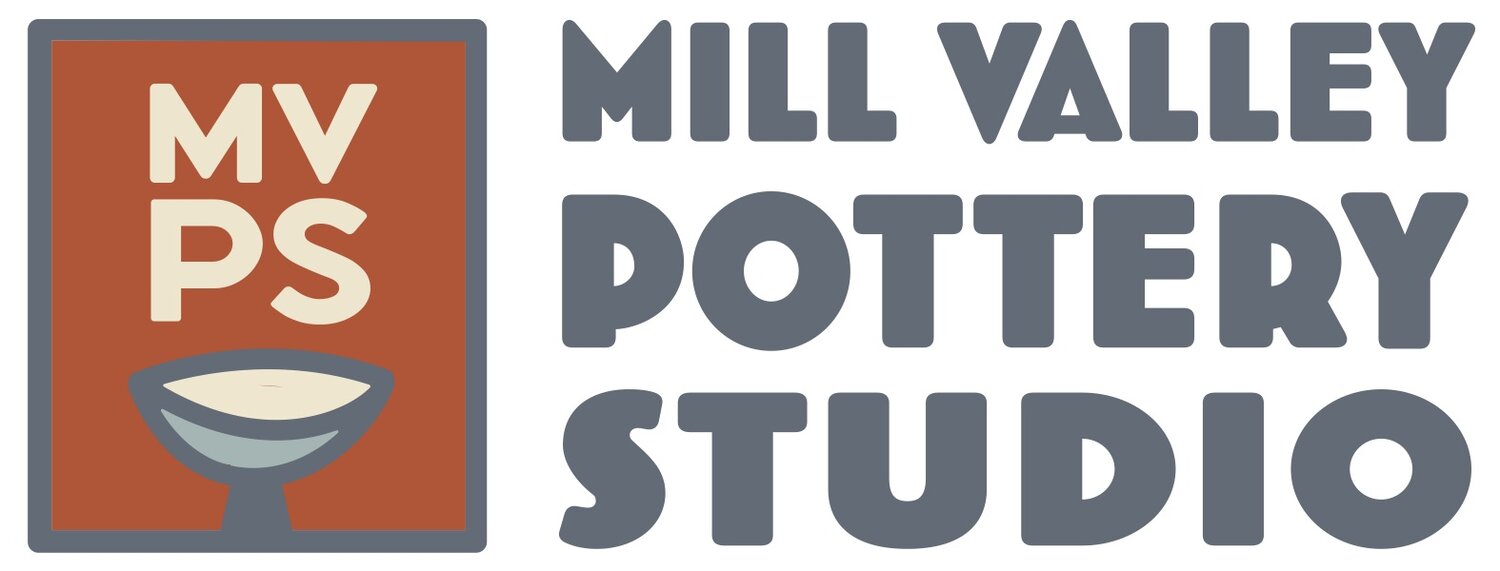Contemporary Majolica
Date: Sunday, November 5th
Time: 1pm-5pm
Come explore the decorative technique of Majolica with Elizabeth Galbreath!
About Majolica:
What is majolica?
Historically , majolica is earthenware that is glazed with a white, tin-opacified, viscous glaze and then decorated by applying colorants (working with a brush, often a calligraphic style of brush work) on the raw glaze surface. The viscosity of the glaze restricts flow as the glaze melts in firing, giving a glossy surface that maintains the line quality of the surface decoration.
Tin-glazed earthenware began in the Middle East. When people there became a political force, they conquered northern Africa, came across Gibraltar into Spain, and brought this ceramic knowledge with them.
Spanish potters then made Muslim-inspired works in this method. Italians imported this ware from the Spanish port of Majorca, calling it Majolica ware. When the French imported it from Faenza, they called it Faience. When the Dutch became proficient with these techniques and exported quantities of ware from Delft, it was called Delftware.
Generally speaking , Majolica and Faience are brightly colored, Delftware is always blue and white. In this workshop we will explore this surface decorating technique.
Majolica is typically used on terra cotta , a red earthenware clay body. However, recipes have been modified so that majolica glaze can now be fired at the mid temperature range (cone 5-6). Though most commonly used to decorate functional work such as plates and cups, it can also be used on sculptural forms.
In this workshop , you will bring your own bisqueware that will be dipped in a majolica glaze and then pre-fired to a low temperature. We will then decorate the surface using brush work to explore this historical technique.
Workshop Overview:
Preparation (2 weeks before): Participants make forms
Bisque Firing (1 week before): Pieces are bisque fired
Pre-firing (Immediately Before): Bisqueware pieces dipped in majolica glaze and pre-fired
Workshop Day: Focus on decoration and brush work
Recommendations for MVPS clay bodies:
Red Velvet (Previously Navajo Wheel): An excellent choice for this process.
Reclaimed: Can be used effectively, but may result in speckling.
B-3: Provides great result, but be aware that its dark clay body might show through the glaze.
B-Mix: Works fine, but lacks the contrast present with darker clay bodies.
Any functional or sculptural forms with smooth surfaces are ideal for this process.
Looking forward to exploring the world of Majolica together!
-Elizabeth Galbreath
Note: Elizabeth will take care of the pre-firing. Avoid sharp edges or overly textured surfaces for best results with majolica.
Bring your own bisque ware pieces (b-mix clay recommended but not required). Finished pots are not functional so decorative forms are best. Raku glazes will be provided but feel free to BYO if you have a favorite kind.























